At a Glance
Quick Tips
- Scout and learn the unit, it is big country
- Have a detailed map that shows road access
- Let optics cover the ground for you
- Plan to hunt all or as much of the season as possible


Hunters discussing the Boulder/Kaiparowits unit in Utah provided useful insights on draw odds, terrain challenges, and hunting strategies. The clarification of application versus allocation numbers was appreciated, and it was noted that success rates can be influenced heavily by weather conditions; early snow or a cold snap enhances rifle season success. The unit's dense vegetation can make finding mature bucks challenging, suggesting that hunters might have better success during the muzzleloader season when deer are still in summer ranges and travel in bachelor groups. Additional advice included the necessity of purchasing a license for point applications and acknowledgment of the lack of draw odds for new seasons until after 2025.
Located in the south end of the state, this unit has good genetics and healthy deer herds. With moderate terrain and good public access, this is a good unit for hunters wanting to pursue mature mule deer bucks.
A general deer unit, managed for hunter opportunity, this unit still holds good bucks. This unit has good public access.
One of the larger units in the state, with a large variation in terrain and habitat. On the south border there is Lake Powell, with a large stretch of desert and red slickrock canyon country leading up to Boulder Mountain. Boulder Mountain is a large plateau sitting at 11,000 feet above sea level. Off of the flat plateau tops are large, steep, timber-covered canyons leading down to the desert floor. The unit has small mountain lakes with good trout fishing.
Much of the unit is part of the Dixie National Forest or desert land managed by the BLM, giving great public access. There is road access on all sides of the unit with well-maintained dirt roads leading to less-maintained 4-wheel- drive roads and ATV trails. Highway 12, a scenic byway, cuts through the middle of the unit and wraps around the southeast side of the Boulder Mountain. The Box-Death Hollow Wilderness, to the west of the town of Boulder, is canyon country and is limited to foot and horse traffic.
Low elevations are dry with desert rolling hills and flats. Some grass, prickly-pear cactus and sagebrush with scattered pinyon pines and juniper trees. Middle elevations are covered in ponderosa pines and oak brush while sagebrush continues through this elevation, as well. The higher elevations have scattered aspen groves with steep slopes covered in conifer forests. Mesa tops have large grassy meadows with scattered ponds, thick aspen and conifer forest.
Most hunters camp along roads. Several locations have good, flat camping places for travel trailers or tents. There are a couple of designated campgrounds open to the public. Teasdale, Torrey, Boulder, Loa, and Escalante are the nearest towns and while some offer lodging, it is limited.
Roughly 5,232 square miles
93% public land
Elevations from 3,700-11,340 feet
ATVs recommended
4-wheel-drive vehicles are recommended
Arrive early for better camping locations
Expect to camp near other hunters